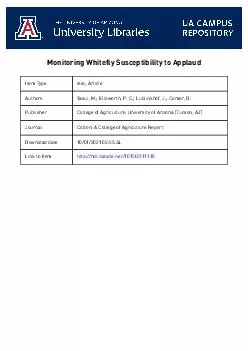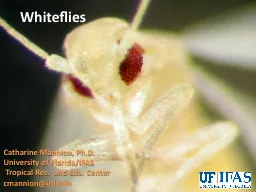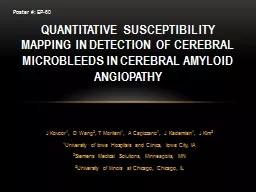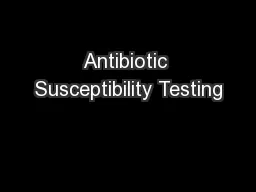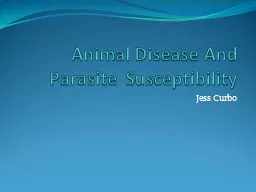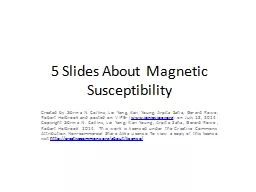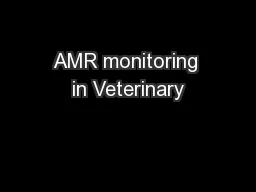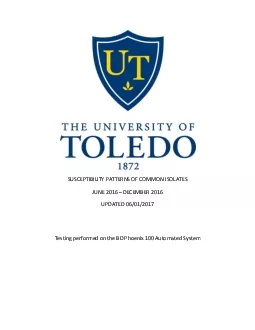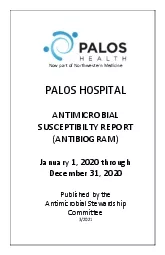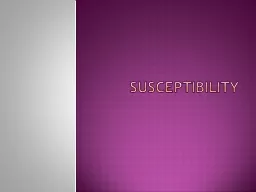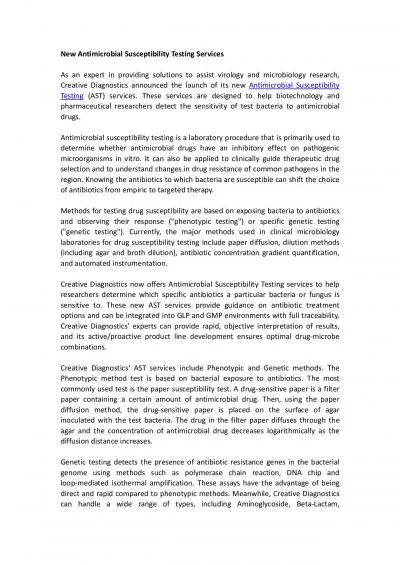PDF-Monitoring Whitefly Susceptibility to Applaud M
Author : karlyn-bohler | Published Date : 2015-02-17
Yasui PC Ellsworth J Lublinkhof D Comer Abstract A bioassay developed by one of the authors MY in 1993 was used to monitor susceptibility of sweetpotato whitefly
Presentation Embed Code
Download Presentation
Download Presentation The PPT/PDF document "Monitoring Whitefly Susceptibility to Ap..." is the property of its rightful owner. Permission is granted to download and print the materials on this website for personal, non-commercial use only, and to display it on your personal computer provided you do not modify the materials and that you retain all copyright notices contained in the materials. By downloading content from our website, you accept the terms of this agreement.
Monitoring Whitefly Susceptibility to Applaud M: Transcript
Download Rules Of Document
"Monitoring Whitefly Susceptibility to Applaud M"The content belongs to its owner. You may download and print it for personal use, without modification, and keep all copyright notices. By downloading, you agree to these terms.
Related Documents

